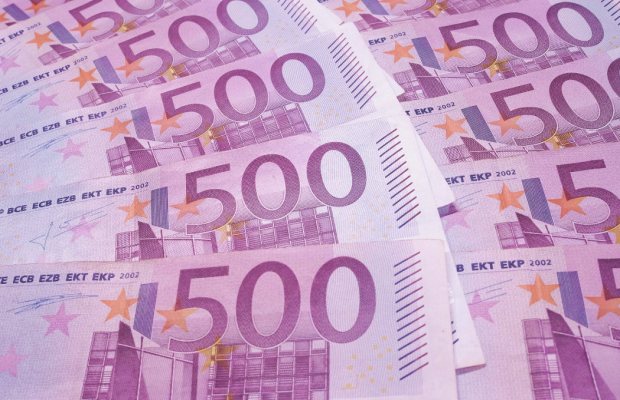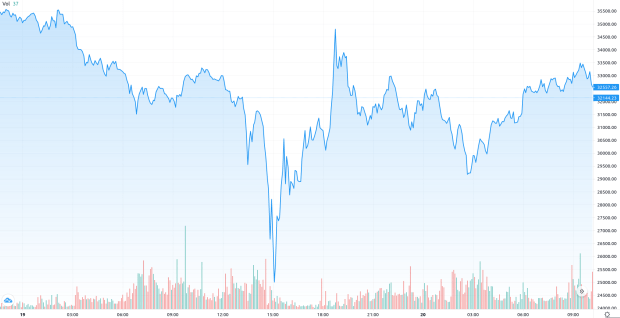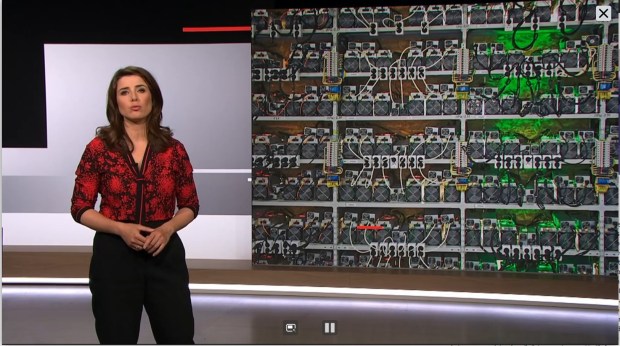What were the most important topics in 2021? We take a look at which articles you clicked on the most. In the top 10 posts, we notice that there are some topics that you were particularly interested in. However, we find a surprise in the top spot.
Of course, you can have different opinions on what has been most important for Bitcoin and crypto in 2021. El Salvador? Tesla? NFTs? A lightning upgrade? The advance of IOTA’s decentralisation? The spread of rollups on Ethereum? And so on.
What catches your eye depends on where you look, and where you look, on what you think and believe and mean. Therefore, you will find as many preferences as there are experts, bloggers, influencers and users. The statistics of our blog, on the other hand, provide a somewhat less buttery indicator: Which articles have you clicked on the most? What interests you, what interests the wider web the most?
As we will see, there are some topics that always work as a magnet for readers. But everything in its order.
10.The dam is breaking – inflation is fiercer than feared (May 26)

Used to be worth more: the highest banknote in the eurozone. Image by Peter Linke via flickr.com. Licence: Public domain
As Bitcoiners, you are naturally sensitive to inflationary tendencies of the Euro. Therefore, articles about inflation are usually well received, even if Bitcoin is only mentioned in passing.
At the end of May, it became increasingly obvious that actual inflation is far above the two per cent targeted by the European Central Bank (ECB). This was particularly evident in almost surreal price spikes for commodities such as grain, oilseeds, wood, aluminium, plastics and so on. At the beginning of the summer of 2021, these swings slowly broke through into the consumer market as well.
It is not entirely clear whether the inflation was triggered by the ECB’s monetary policy or by external factors such as Corona and stuck freighters. What is clear, however, is that the issue will continue to haunt us in 2022.
9th federal government plans cap on crypto payments (March 9)
Regulation in Germany is also a topic that is always popular. In spring, it became known that the government plans to introduce a maximum limit for crypto payments, analogous to the limit for cash payments. According to their will, transaction partners are to be identified in future if the payment exceeds 1,000 euros. This means that even tighter limits are to apply to Bitcoin than to gold.
Incidentally, Frank Schäffler of the FDP, then still in the opposition, brought the government’s intentions to light. As a member of the government faction, he now has the chance in 2022 to stop or at least mitigate these and other restrictive plans.
8th Tesla buys Bitcoins: the day Bitcoin got scary (February 8)

Tesla transformer. Image by Antivolt via wikipedia. Licence: Creative Commons
When Tesla shifted some of the company’s assets into Bitcoins, it was perhaps the most important news of the year. The investment was announced in early February, the price jumped by more than 3,000 euros within minutes, then set off on a fabulous rally that would peak at more than $60,000 in mid-April. More important than this number crunching on the markets, however, might be what the Tesla investment is hinting at: a hyperbitcoinisation. Bitcoin is making the leap into corporate portfolios, and it is conceivable that the companies that hesitate here will become losers.
True, the big breakthrough failed to happen this year, with Tesla the only world-class company to get involved with Bitcoin. But what didn’t happen in 2021 can still happen in 2022.
7. when prices dance and whales hold (20 May)

Bitcoin price in Euro on 19 and 20 May according to TradingView
The rally that began in February continued throughout the spring. It peaked in mid-April, only to decline from there. After a brief calming down, the markets went crazy again at the end of May: the price collapsed from 35,000 euros to only 25,000 euros at times, only to recover again fairly quickly.
6. the question of questions: Has the bear market already started? (18 May)

Just two days earlier we asked here if the bear market had already started. We gathered some clues to that effect, such as the enormous number of cryptocurrencies with a market capitalisation of more than one billion dollars, the so-called “unicorn index”. In addition to such tangible evidence of bears, however, we also found traces of a continuation of the bull market, such as money printing by central banks.
In the past, it was always relatively clear whether bulls or bears ruled the Bitcoin prices. In 2021 it is different. Even in December, it is unclear whether the current bend confirms a bear market that has been latent all along, or whether it was just a corrective bend in an ongoing bull market.
5. Now Sichuan: The End of Chinese Bitcoin Mining (June 21)

A mining farm in Sichuan is being dismantled.
Another development that kept us busy in 2021 was China. China banned bitcoin mining this year, initially in a vague way that left hope that only CO2-intensive coal mining was banned. But when mining was also banned in Sichuan, a province rich in clean energy thanks to dams, it was clear: China really wants to wipe out miners on principle.
The subsequent exodus of miners to the US, Canada, Kazakhstan, Iran, Norway, Iceland, Russia and so on may be one of the most serious processes in the Bitcoin economy. In addition to putting enormous strain on unprepared power grids, this has the effect of further decentralising Bitcoin.
4. How the richest man in the world disses Bitcoin, becomes the boss of Dogecoin and reawakens a discussion that was thought dead (May 17)

Elon Musk. Image by Ninian Reid via flickr.com. Licence: Creative Commons
Once again Tesla, once again the days between 17 and 20 May. Once again, it’s all about the enormous price swings of the crypto markets: in the fourth most-read article of the year, we report how Elon Musk attacks Bitcoin’s high power consumption or CO2 emissions and supports Dogecoin at the same time. If the Tesla boss was the hero of the Bitcoin scene a moment ago, it has now begun to rage against him.
3. No need to panic. You’ll all just get a little poorer (September 28)

Everything will be fine, just a dark cloud! Image by Zooey via flickr.com. Licence: Creative Commons
Inflation, as I said, has been a big issue this year. We kept harping on it, even as pundits in other media assured the public that inflation would only reach 2 3 4 5 per cent inflation and would be temporary anyway. By the end of September, however, inflation reached threatening levels. The explosion in energy commodity prices threatens to make the production of fertilisers more expensive, which could then be reflected in food prices.
We are curious, and also somewhat concerned, how this development will continue in 2022.
2. bitcoin, the climate killer – ARD, the trust killer (May 7)

In the public discussion, criticism of Bitcoin during the first half of the year focused on its high power consumption. This led to some absurdities, such as a report in the ARD programme “Kontraste”. It was so one-sided, false and misleading that we couldn’t help but react to it. The article became the second most accessed of the year.
In the meantime, however, the issue has calmed down. Since miners left China, their CO2 emissions have presumably dropped, and in the US, where most miners now operate, there are initiatives to promote mining with sustainable energy.
1st Cardano (ADA) hits transaction limit – though little happens (Oct 20)

Soon, Soon, Soon it will be time, and Cardano will make all the promises come true. Right? Image from Maladex.com
2021 was also the year of the “Ethereum killers”: Ethereum had impressively demonstrated how powerful smart contracts can be, especially through DeFi and NFTs, but at the same time it became increasingly obvious that the increasingly insane fees on Ethereum made the blockchain unusable for many.
This created a market for alternative smart contract coins. A particular flowering of this situation was and is Cardano: a cryptocurrency whose lead developer Charles Hoskinson has been peddling for years, ranting about Bitcoin, Ethereum and all other coins, assuring the world that Cardano is technically miles superior to them. With this story, Hoskinson managed to turn Cardano into a $70 billion coin – before the blockchain was even capable of actually running smart contracts.
The closer Cardano moved from prototype to real blockchain, the more the project became disenchanted. For me, Cardano thus became the epitome of the irrationality and exaggeration of the crypto market in 2021 – and the article with which I pointed this out, without mincing words, became the most read of the year. Fits somehow.
